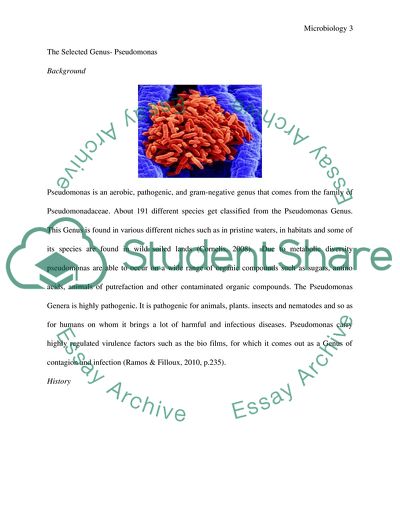Cite this document
(An Analysis of a Selected Genus Coursework Example | Topics and Well Written Essays - 2000 words - 1, n.d.)
An Analysis of a Selected Genus Coursework Example | Topics and Well Written Essays - 2000 words - 1. https://studentshare.org/health-sciences-medicine/1805074-the-microbial-world
An Analysis of a Selected Genus Coursework Example | Topics and Well Written Essays - 2000 words - 1. https://studentshare.org/health-sciences-medicine/1805074-the-microbial-world
(An Analysis of a Selected Genus Coursework Example | Topics and Well Written Essays - 2000 Words - 1)
An Analysis of a Selected Genus Coursework Example | Topics and Well Written Essays - 2000 Words - 1. https://studentshare.org/health-sciences-medicine/1805074-the-microbial-world.
An Analysis of a Selected Genus Coursework Example | Topics and Well Written Essays - 2000 Words - 1. https://studentshare.org/health-sciences-medicine/1805074-the-microbial-world.
“An Analysis of a Selected Genus Coursework Example | Topics and Well Written Essays - 2000 Words - 1”. https://studentshare.org/health-sciences-medicine/1805074-the-microbial-world.


